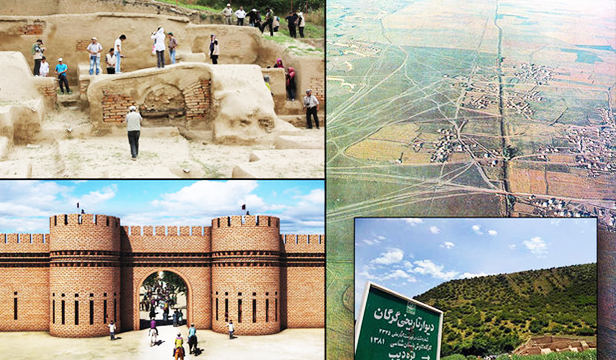Live
فارسی
عربي
ورود از طریق شبکه های اجتماعی
- استفاده مختص کاربران دارای هویت واقعی محرز شده نزد این پایگاه میباشد.
- این سایت در ستاد ساماندهی و بخش جرائم رایانهای دادگستری به ثبت رسیده است.
- گزارش تخلفات احتمالی این سامانه توسط کاربران الزامی می باشد
- کاربران باید طبق قوانین این سامانه که برگرفته از قوانین جرائم رایانه ای می باشد فعالیت کنند
- نام کاربری شما تکراری می باشد


.jpg)
.jpg)
.jpg) Situated between the Caspian Sea and the Alborz Mountains, this formidable barrier protected the borders of the Sassanian Empire. Its construction involved the use of clay, fired bricks, mortar, and other robust materials, rendering it a formidable fortress.
Situated between the Caspian Sea and the Alborz Mountains, this formidable barrier protected the borders of the Sassanian Empire. Its construction involved the use of clay, fired bricks, mortar, and other robust materials, rendering it a formidable fortress..jpg)
.jpg) For comparison, both Hadrian's Wall and Antonine's Wall pale in comparison to Gorgan's Wall. However, its significance goes beyond its grandeur, as its architectural design and construction techniques set it apart.
For comparison, both Hadrian's Wall and Antonine's Wall pale in comparison to Gorgan's Wall. However, its significance goes beyond its grandeur, as its architectural design and construction techniques set it apart..jpg)
.jpg)
.jpg)
.jpg) MM/MM
MM/MM










